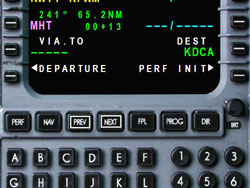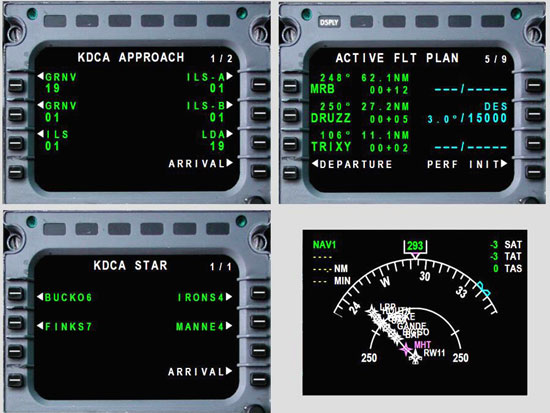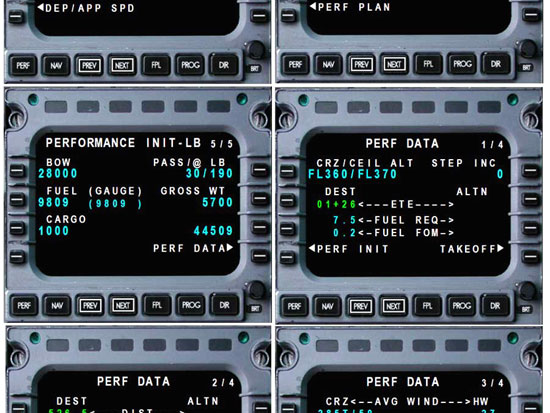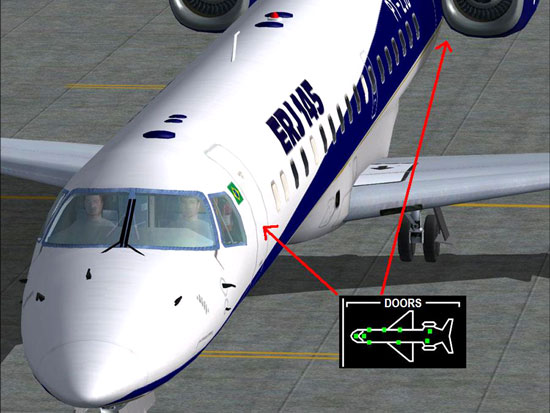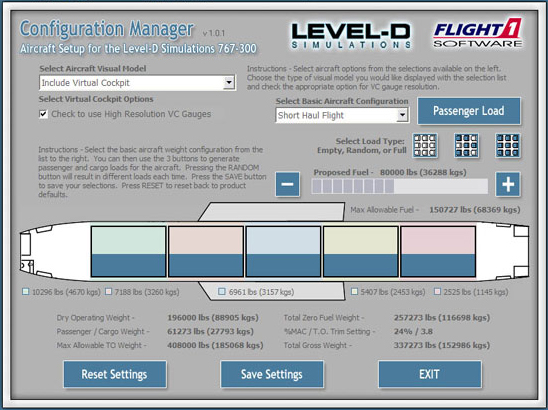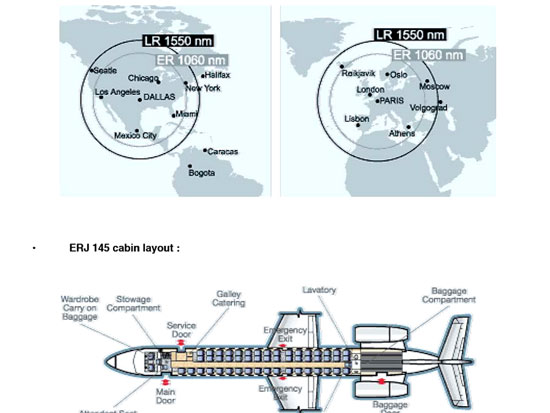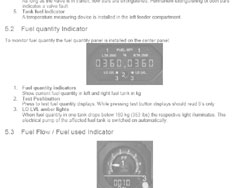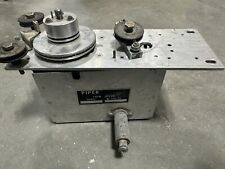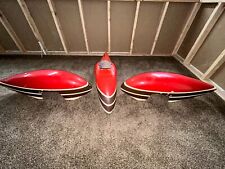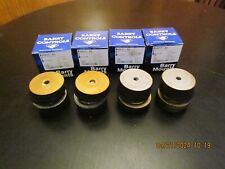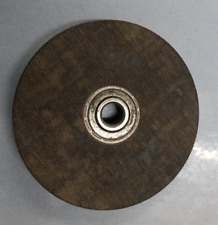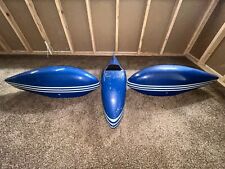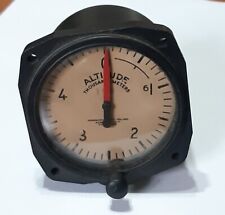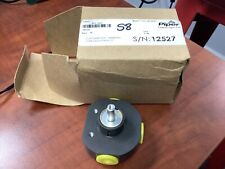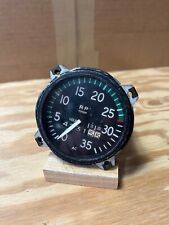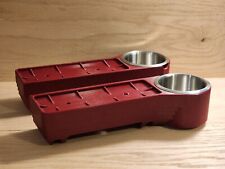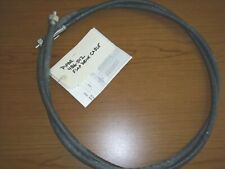As is the case with most modern aircraft, the Flight Management System (FMS) is the heart of the avionics system. Most of your “heads down” time in the cockpit will be spent entering data into the FMS prior to flight. Once airborne the FMS is used more for reference and performance analysis and the data entry is minimal. Once again, the manual and tutorials are essential to properly initialize, setup and use the FMS.
For our flight I enter the takeoff and arrival airports, departure procedure, arrival (STAR), and the anticipated approach at the other end of the flight. The FMS appeared to have a full database of SIDs and STARs and seemed full featured in almost every way. The full functionality of the FMS doesn’t seem to be reflected adequately in the FMS documentation, which is a rather sparse 12 pages long. Many of the functions of the FMS that work great are a bit glossed over in the manual. After entering my route (KPWM – MHT – BAF J80 SAX J6 MRB DRUZZ BUCKO6 KDCA) I cycle though the waypoints and check the moving map display for proper waypoint sequence.
After entering the route I follow the tutorial and enter all of the pertinent performance data (temperature, flight level, passenger and cargo load, etc.).
Some of the data for entry can be found using the FlitePrep software, which you can consider your own personal flight dispatcher. Most importantly (other than assuring you are under max gross weight) is to derive takeoff reference speeds which can be entered at the bottom of the center MFD. These V-speeds will then show up on the speed tape as the aircraft accelerates. We’ve also entered the takeoff runway, surface winds and temperature into the FMS. I used real-time weather generated by Active Sky 6, a utility that I feel is one of the best and most essential add-ons for FS9.
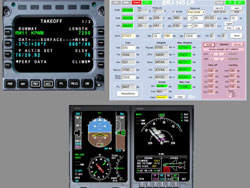 |
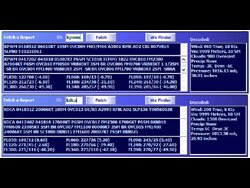 |
With the passengers and baggage loaded we close the doors and prepare to start the engines. The “DOORS” indicator on the EFIS tube verifies that the aircraft is buttoned up and ready for engine start.

